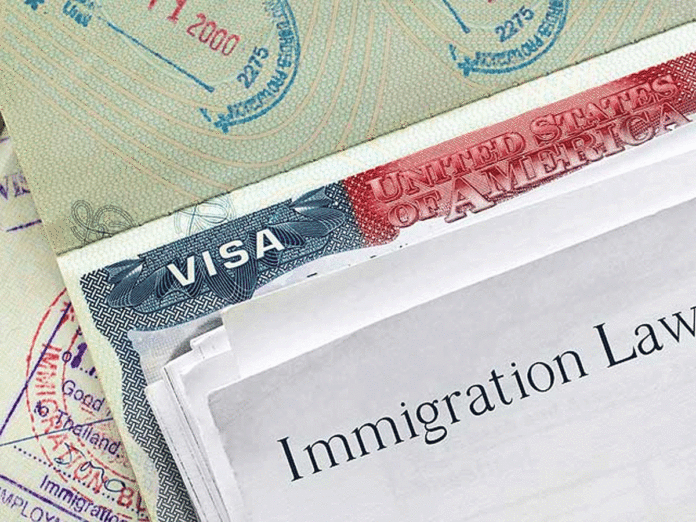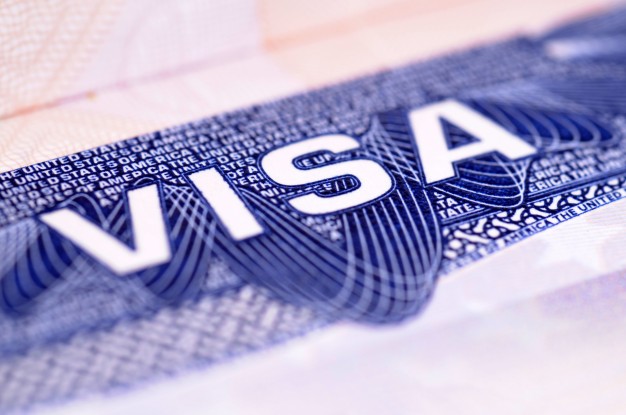
If you are currently holding an executive position in a company and you are good at it, there is an excellent chance that your company would send you abroad to expand in the United States. In this case, you will need an L1 visa, a non-immigrant visa for temporary workers.
However, to have this visa is not a piece of cake. There are specific requirements that you need to accomplish. Thus, there are also facts that you have to understand before applying for one.
In this regard, we have come up with a notable guide to fill you in before applying for an L-1 visa.
Types of L1 Visa

Through the US Immigration, the Federal Law issues two types of visas for temporary workers, the L1A and L1B. Hence, it has to be clear that the employer is the petitioner and the transferee is the beneficiary.
Firstly, the L1A visa is designated for managers and executives of foreign companies transferred to the US. These companies probably intend to expand their businesses in America and send their best leaders to pull strings for them. Hence, the company must accomplish the Petition for a Nonimmigrant Workers Form I-129.
L1B visa, on the other hand, is for positions that require to be filled in by a specialized worker. Of course, foreign companies would not send their executives alone but with other personnel to assist, such as lawyers, accountants, IT guys, etc. Nevertheless, the petitioning company must fill out and submit the Form I-129 on behalf of their specialized personnel.
By process, it is the employer who is facilitating the paperwork for their named employee to qualify.
Qualifications for L1A

How to qualify is as vital as knowing the classifications of an L1 visa. It means each type has sets of requirements for the employers and employees as provided by the US Immigration Law.
For L1A visa petitioners, the employer has a qualifying relationship with either a branch, subsidiary, affiliate of a foreign company. It must also be established as fact to plan to do business in the US as an employer and not just a satellite office making a presence on the American soil. However, the federal immigration law limits the employer from making international trade.
Furthermore, the employer must provide the location of their branch in the US. Proof that the employee they intend to send has been an executive for more than a year, within three years before the petition was filed. And to show that the new branch would indeed support an executive position within one year of the petition approval.
The transferee must have been working with foreign companies for more than a year. Such that it is within three years before admission in the US. Essentially, the employee intends to provide executive or management capacities for the same employer in its US branch, partner, or subsidiary.
The law specifies that executive or management capacities mean making decisions or blanket control in operation without direct supervision and overseeing.
Qualifications of L1B

For L1B applicants, the qualifications are akin to an L1A. The employer acts as the petitioner, and the applicant with superior knowledge is the beneficiary.
Similarly, the employer must be related to any qualifying organization or a US company, whether the main branch, affiliate, or partnership. Plus, it intends to do business on US soil and for the Americans as employers.
Similarly, the named employee must establish more than one year of working experience in a foreign company within three years before its admission in the US. Hence, the employee was intended to be hired or to render services requiring specialized knowledge.
By law, particular or unique knowledge would refer to essential abilities or techniques employed in production, research, management, technology, and other areas. It means that without such knowledge, the employer would not be able to do its business in the US.
It appears to be a team effort between the employer and the employees to qualify for an L1 visa.
Application Process

The US Immigration services have provided a step-by-step list to follow in applying for an L1 visa. However, some companies would be confused about the interpretation of some provisions. Therefore, they need to seek consultation from lawyers who are experts in US Immigration Law. This guide can help you more with the more specific details.
Nonetheless, the petitioner must accomplish the form I-129 in duplicate copies. Then file it by creating an account on the US Citizenship and Immigration Services website. Pay the necessary fees and submit all documentary evidence to support whatever claim stated in the petition as a qualification.
Business Plan and Implementation

Through its immigration department, the Federal Government takes it seriously when foreign companies petition to expand in the US. Indeed, they take it as business as usual.
Concerning that, petitioners should establish their business plans with concrete implications and progressive potential to serve the State’s national interest. This national interest includes paying taxes and providing employment or business opportunities for American citizens.
That is why it takes a stature of a multinational company to secure an L1 visa. Among the permits, an L1 visa has one of the highest refusal rates. Petitioners are denied for not satisfying the qualifications and requirements. These failures are due to a lack of foresight and vision on the part of the company.
Therefore, a company must establish high quality in terms of brand, services, human resources, and financial stability before expanding their businesses in the US.
Conclusion
More than ever, working in the US is one of the goals of business expansion. It provides foreign companies the confidence and status that their business is booming when their target markets realize their presence in one of the world’s largest economies.
However, it takes the petitioning company’s cooperation and its named employee to succeed in their application. Not to mention, the petitioning company must establish itself as a credible employer with financially stable business to provide opportunities and progressive impact in the US.








